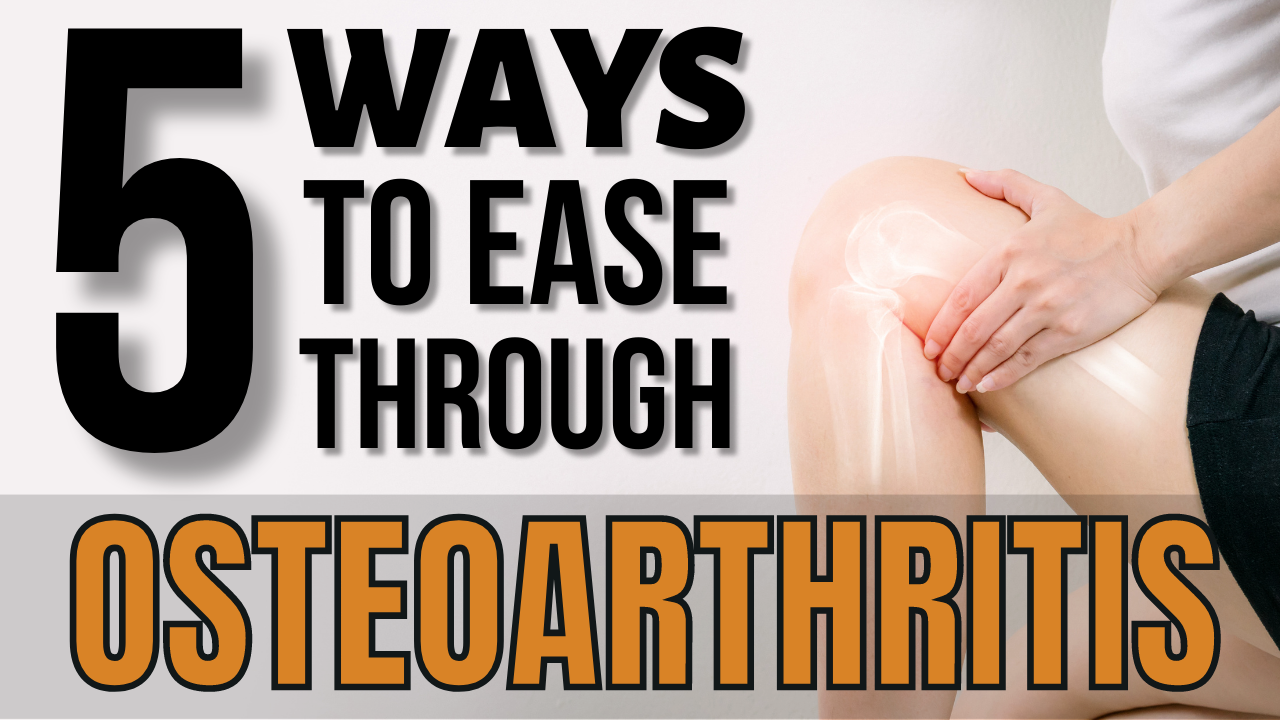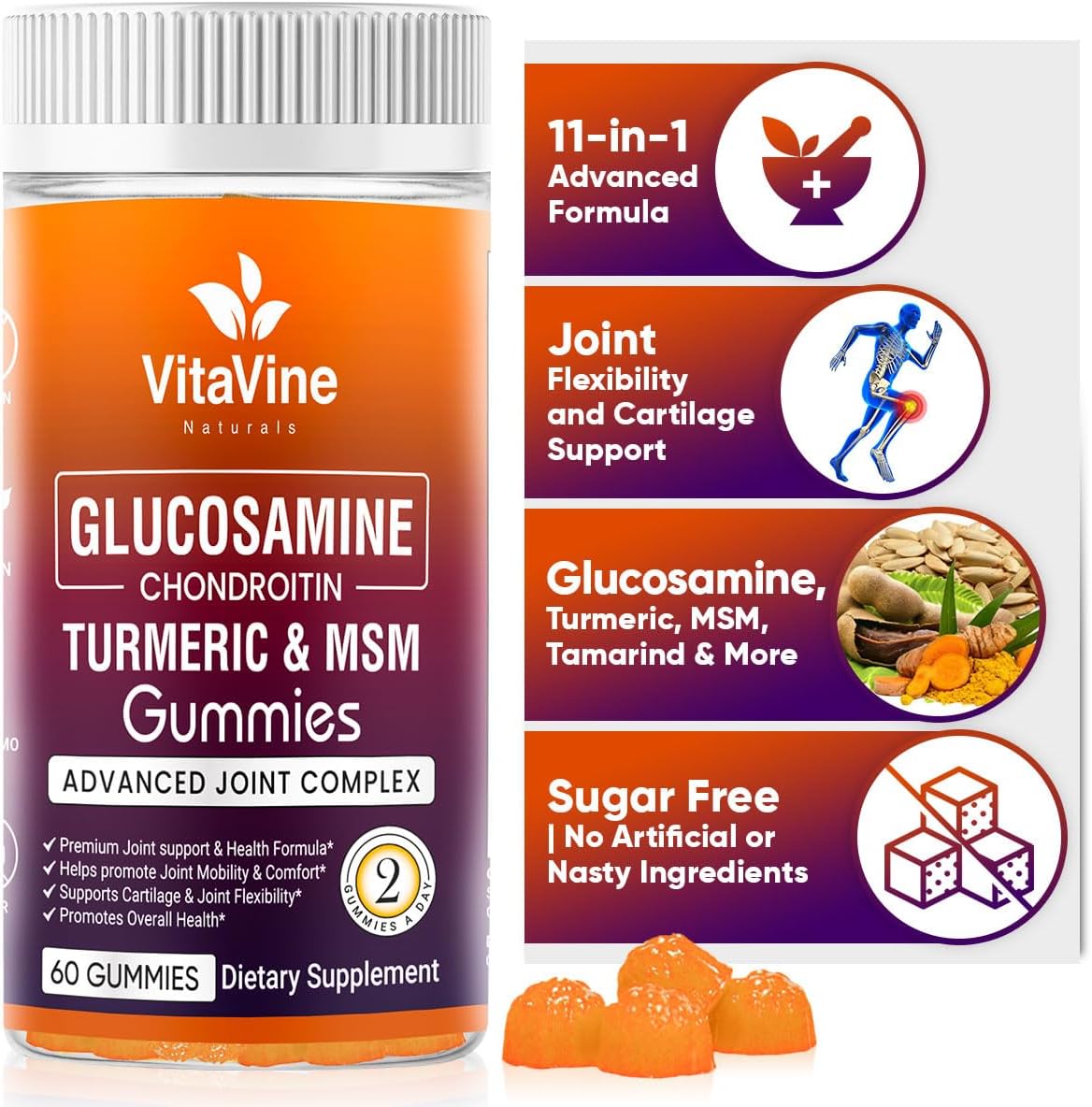Osteoarthritis is a degenerative joint disorder that affects millions of people around the world.
It can cause pain, stiffness, and swelling in the joints, as well as limited mobility.
Fortunately, there are ways to reduce symptoms and make living with osteoarthritis more manageable.
This article will provide five tips to ease the discomfort associated with this condition.
Let’s dive in!
What Is Osteoarthritis?
Osteoarthritis, also known as degenerative joint disease or wear-and-tear arthritis, is a common form of arthritis that affects millions of people around the world.
Osteoarthritis occurs when the protective cartilage that cushions the ends of bones wears down over time.
This results in pain, stiffness, and swelling in joints, particularly those burdened by weight-bearing or repetitive motion such as hips, knees, and hands.
The cause of osteoarthritis is not known but certain factors increase risk such as age, obesity, and genetics.
Other factors such as joint injury, metabolic disorders, and physical stress can also play a role.
With that being said, let’s explore 5 ways to ease osteoarthritis.
5 Ways To Ease Osteoarthritis
1. Supplement With Glucosamine
Glucosamine is a molecule found naturally in the body, and it helps to maintain healthy cartilage tissue.
It has been widely used as a natural joint support due to its anti-inflammatory properties.
Recent studies have shown that supplementing with glucosamine may be an effective way to help reduce inflammation associated with osteoarthritis.
The majority of studies show that taking a daily dose of glucosamine can reduce the symptoms associated with osteoarthritis, such as joint stiffness and swelling.
One of my favorite glucosamine supplements is VVN’s new Glucosamine Gummies.
These gummies provide a good source of glucosamine and even turmeric to help ease joint discomfort.
All you need is 2 gummies a day to get your glucosamine in!
As always, individuals should consult their doctor before beginning any new supplement regimen as results may vary.
These statements have not been evaluated by the Food and Drug Administration. These products are not intended to diagnose, treat, cure, or prevent any disease.
2. Exercise
Exercise can help relieve pain and improve mobility for those with osteoarthritis.
Not only does exercise strengthen the muscles around the joints and improve flexibility, it also helps to reduce inflammation.
Low-impact activities like walking or swimming are typically recommended because they don’t place too much strain on the joints.
Stretching exercises can also be beneficial in helping to improve the range of motion in stiff or painful joints.
Strength training exercises may be appropriate for some people as well.
Before beginning any exercise program for osteoarthritis, it’s important to consult a doctor or physical therapist who can provide guidance on which exercises are most suitable.
3. Heat/Cold Therapy
Heat and cold therapy has been used as a complementary treatment for osteoarthritis, an inflammatory condition that causes joint pain and stiffness.
It is believed to have both anti-inflammatory and analgesic effects, which can help reduce pain and improve mobility.
Heat therapy warms up the affected joint, loosening muscles and tendons around it to reduce stiffness.
Cold therapy reduces inflammation by decreasing swelling in the joint area, thus providing relief from pain due to movement.
In addition to its anti-inflammatory benefits, heat and cold therapy may also help increase blood flow to the affected area.
Increased blood flow helps promote healing by bringing oxygen-rich nutrients to the damaged tissues while removing waste products like lactic acid buildup which can cause soreness and fatigue.
4. Diet
While there is no cure for osteoarthritis, making dietary changes can help manage symptoms and potentially slow the progression of the disease.
A healthy diet can play an important role in helping to improve overall joint health and wellness. Diets for osteoarthritis should be low in saturated fats and high in fruits and vegetables that are rich in antioxidants.
Omega-3 fatty acids found in fish oil supplements have been shown to reduce joint inflammation while Vitamin D may be beneficial for maintaining bone health.
5. Assistive Devices
Osteoarthritis can cause severe pain and difficulty with everyday activities such as walking, writing and even holding a cup.
Fortunately, there are assistive devices available that can help to reduce the impact of osteoarthritis and make life more bearable for sufferers.
Assistive devices are designed to support or improve mobility and function in people who suffer from conditions such as osteoarthritis.
They range from simple tools such as grab bars and raised toilet seats to more complex items like powered wheelchairs and stairlifts.
Depending on the individual’s needs, these devices can be used both inside and outside of the home, making daily tasks easier to perform with minimal effort.
Some assistive devices may even help to prevent falls or accidents by providing extra stability when moving around.
Osteoarthritis Relief
In conclusion, osteoarthritis can cause pain and discomfort that can be hard to manage.
Thankfully, there are various ways to ease the symptoms of osteoarthritis such as exercise, healthy eating habits, and joint protection strategies.
Additionally, using supplements such as glucosamine and chondroitin may help in reducing pain.
As always, it is important to speak with a doctor to determine if these strategies are right for you.
We hope this helps, and we appreciate you taking the time to read this!

